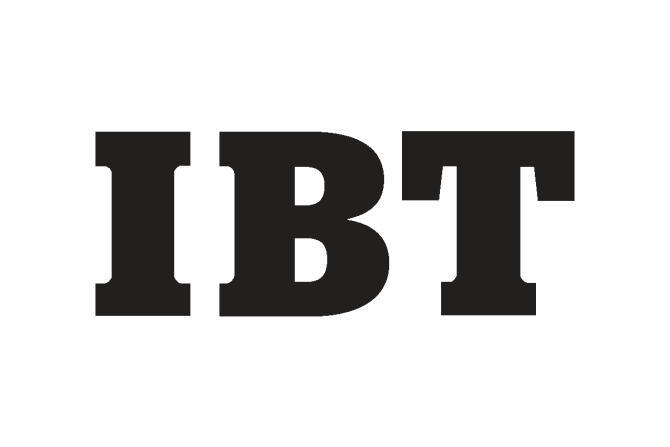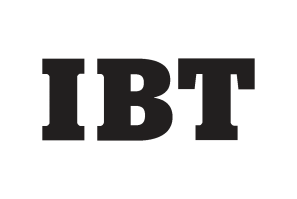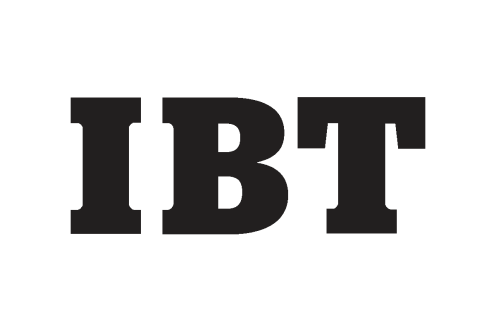The dollar was little changed against the euro on Thursday, as investors squared positions ahead of a U.S. payrolls report that markets hope will offer fresh insight on the state of the U.S. economy.
Strong German industrial data and signs that Spain and Greece were making progress in trimming budget deficits earlier lifted the euro, as did data showing U.S. initial jobless claims unexpectedly rose in the latest week.
Longer-dated U.S. Treasury debt prices rose in Europe on bargain-hunting after a retreat the previous session following positive U.S. data.
* Traders said some investors were also inclined to take long positions before key non-farm payrolls data due on Friday which bond bulls expect to support expectations that the Fed will adopt more quantitative easing measures.
The euro turned higher against the dollar on Thursday, lifted by a successful Spanish debt auction and positive comments about Greece's progress in reducing its deficit from the International Monetary Fund.
Greece's reform efforts are off to a good start but challenges remain, European and International Monetary Fund officials said after an assessment of the country's efforts to resolve its debt crisis.
A joint statement from the European Central Bank, International Monetary Fund and European Commission said spending had been kept below budget limits and the contraction in the economy was in line with projections.
The European Central Bank looks set to keep interest rates on hold for the 15th month running on Thursday with the focus of attention its view on an economic recovery that remains in a delicate phase.
After a run of strong euro zone data and the success of bank stress tests in calming markets somewhat, ECB President Jean-Claude Trichet is expected to reaffirm that rates remain appropriate, bolstering expectations they will remain on hold well into next year.
The dollar rose on Thursday, recovering as investors unwound bets against the currency thanks to some better signs on the economy ahead of key U.S. non-farm payrolls figures on Friday.
An ADP report on Thursday showed the U.S. added 42,000 jobs in July. Coupled with encouraging service sector data, that relieved some of the recent pessimism about the world's biggest economy, but traders said more good news was needed to overturn negative dollar sentiment.
The cost of borrowing dollars in Asian interbank markets fell to a three-month low on Thursday after recent poor economic data fuelled expectations the Federal Reserve would resume buying Treasuries to support liquidity.
Japanese Trade Minister Masayuki Naoshima said on Thursday that he was worried about a recent rise in the yen as Japanese companies are facing currency risks.
The dollar steadied on Thursday after it enjoyed a rare rally the previous day when U.S. data beat expectations and sparked a bout of short-covering, although the overall mood remains bearish ahead of a key payrolls report.
Against the yen, the dollar was down 0.1 percent on the day at 86.19 yen, having bounced from an eight-month low of 85.32 yen hit on Wednesday.
The AUD has pushed higher again overnight as investor risk appetite continues to grow.
The Australian goods and services balance printed a trade surplus of 3.54 billion in June annihilating expectations of 1.81 billion.
The dollar rebounded from an eight-month low against the yen on Wednesday and rose against the euro as encouraging U.S. employment and service sector data prompted traders to unwind bets against the U.S. currency.
The dollar neared a 15-year low against the yen on Wednesday, staying under pressure across the board as weak U.S. data and talk of further policy easing from the Federal Reserve weighed on Treasury yields.
The yuan held flat against the dollar on Wednesday and its performance lagged far behind the global fall in the U.S. dollar index .DXY, which has broken through a major 200-day moving average support.
The market's enthusiasm over yuan appreciation from a sliding dollar was dampened by the People's Bank of China's clear signal it does not want the yuan to move widely despite dollar weakness.
The dollar hit an eight-month trough against the yen on Wednesday, crawling towards its lowest level since 1995, as weak U.S. data and talk of the Federal Reserve embarking on further policy easing pushed down Treasury yields.
The Australian Dollar fell below 0.9100 US earlier in the day following an unexpected decline of -3.3% in June building approvals.
The Australian Dollar has opened above USD0.9100 after a night in which ambiguity and uncertainty presented themselves to the markets again.
The dollar tumbled on Tuesday, plunging in tandem with short-dated U.S. bond yields and hitting multimonth troughs against the euro, yen and sterling on mounting fears that a U.S. economic recovery was faltering.
The dollar hit multi-month lows against major currencies on Tuesday, hit by signs of mounting concern among U.S. policymakers about the pace of economic recovery, as technical factors kept the currency under selling pressure.
Japan's finance minister on Tuesday sidestepped questions about intervention to curb yen strength and said markets should determine exchange rates, prompting the currency to rise to an eight-month high against the dollar.
The dollar hit multi-month lows against major currencies on Tuesday, stung by speculation that U.S. interest rates will stay low, while technical factors kept the currency under selling pressure.
The dollar index, a measure of its value against a currency basket, fell to 80.539, its weakest since mid-April and marking its first break since January below its 200-day moving average, a move that analysts said would open the door to more losses.
The dollar hit multi-month lows against major currencies on Tuesday, stung by speculation that U.S. interest rates will stay low, while technical factors kept the currency under selling pressure.
The dollar index, a measure of its value against a currency basket, fell to 80.587, its weakest since mid-April and marking its first break since January below its 200-day moving average, a move that analysts said would open the door to more losses.
The dollar was hovering near a three-month low against a basket of currencies on Tuesday on the perception that the U.S. growth outlook is deteriorating, forcing the Federal Reserve to keep interest rates low.
The Australian dollar dropped after retail sales and building approvals data in Australia disappointed bulls ahead of a Reserve Bank of Australia policy announcement.
The dollar was hovering near a three-month low against a basket of currencies on Tuesday on the perception that the U.S. growth outlook is deteriorating, forcing the Federal Reserve to keep interest rates low.
The Australian dollar dropped after retail sales and building approvals data in Australia disappointed bulls ahead of a Reserve Bank of Australia policy announcement.
he Australian Dollar continues to benefit from a weaker greenback and opens this morning buying 0.9136.
The AUD has had a strong night during the offshore session, currently trading comfortably above USD0.9100 after better than expected manufacturing data was released in the US and exceptional profit reports from some of Europe's main banks saw risk appetite back on the table.
Fears the U.S. recovery is faltering drove the dollar to a three-month low on Monday against a basket of currencies while strong European earnings pushed sterling to a six-month high against the greenback.
Fear that the U.S. recovery is faltering drove the dollar to a three-month low against a basket of currencies on Monday and the euro broke above $1.3125, a key technical level, to hit its highest since May.
A broad fall in the dollar has propelled the yen higher, bringing the Japanese currency within range of levels it has not traded at for 15 years and raising speculation whether even more gains will tempt Japanese authorities to intervene.
The dollar index hit a three-month low on Monday, hurt by worries that the U.S. economy's recovery is losing steam, while the high-yielding Australian dollar reached a three-month high, buoyed by a rise in equities.
















